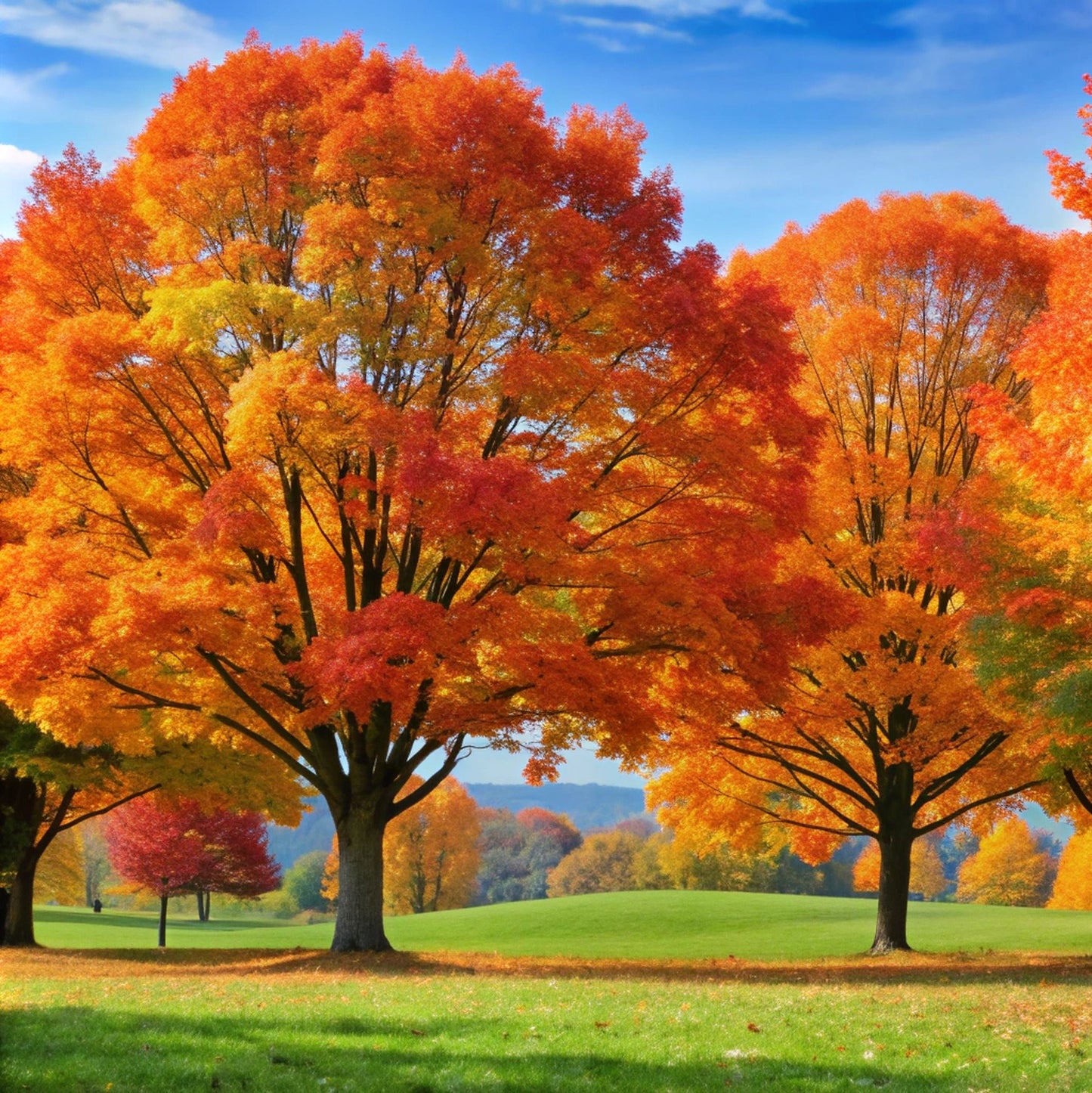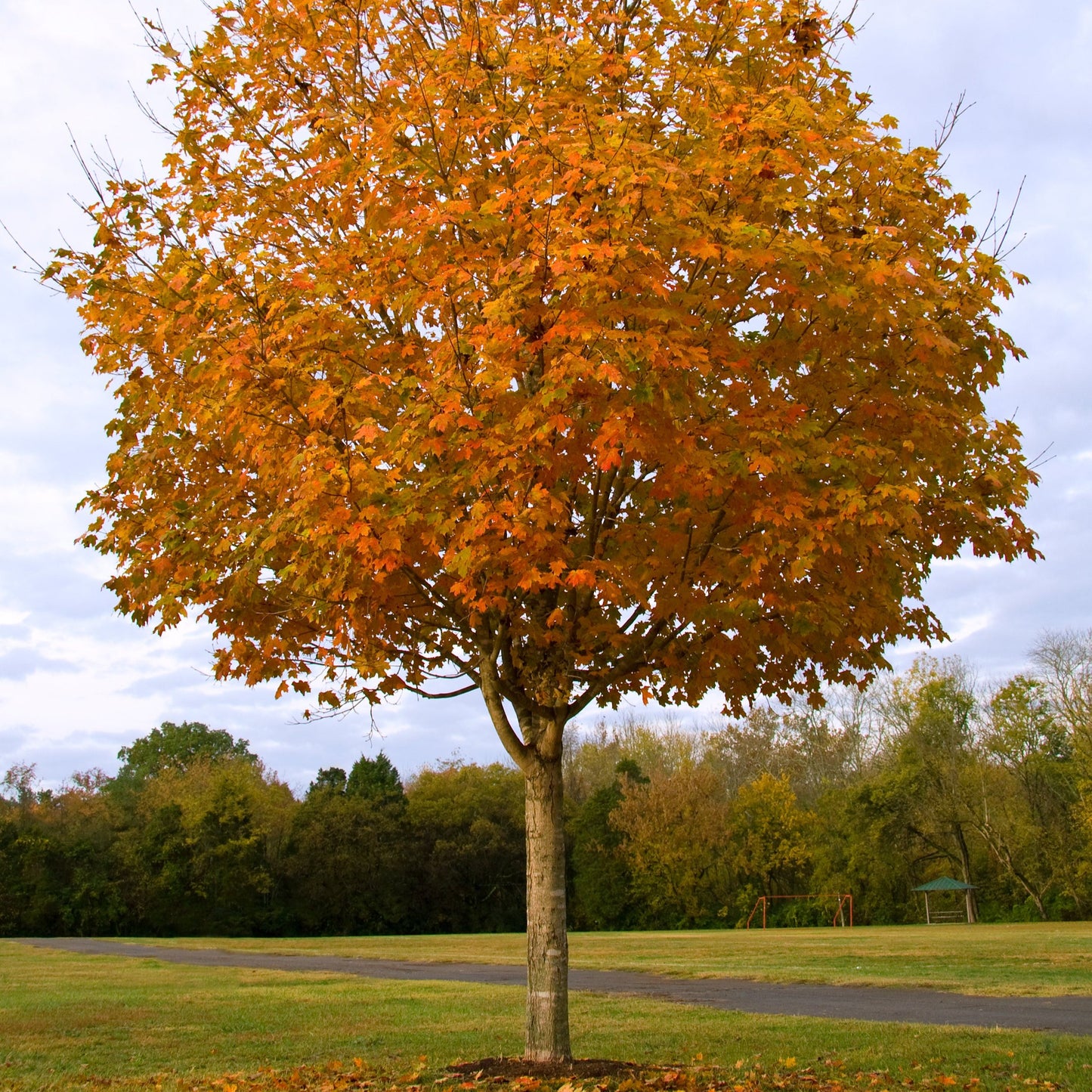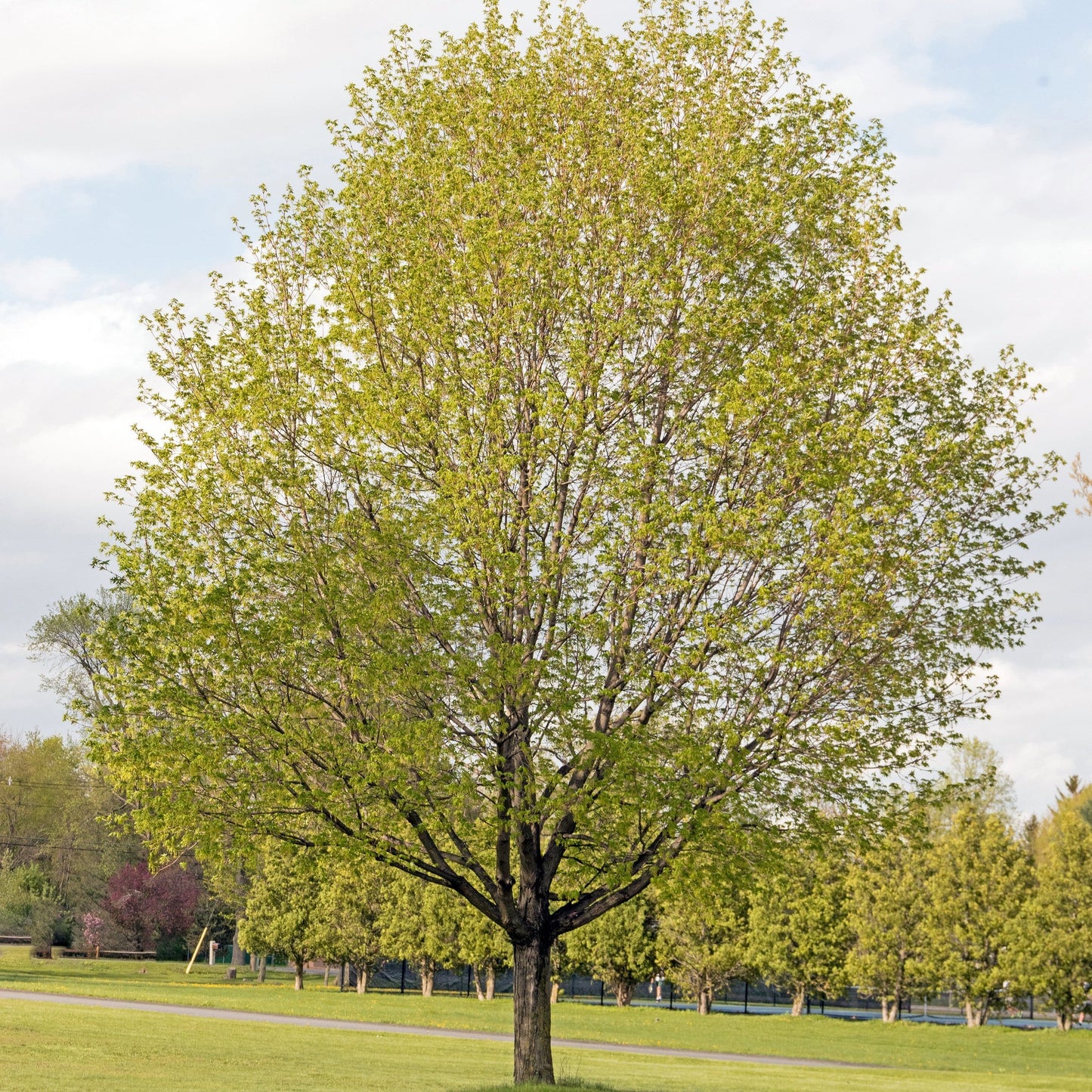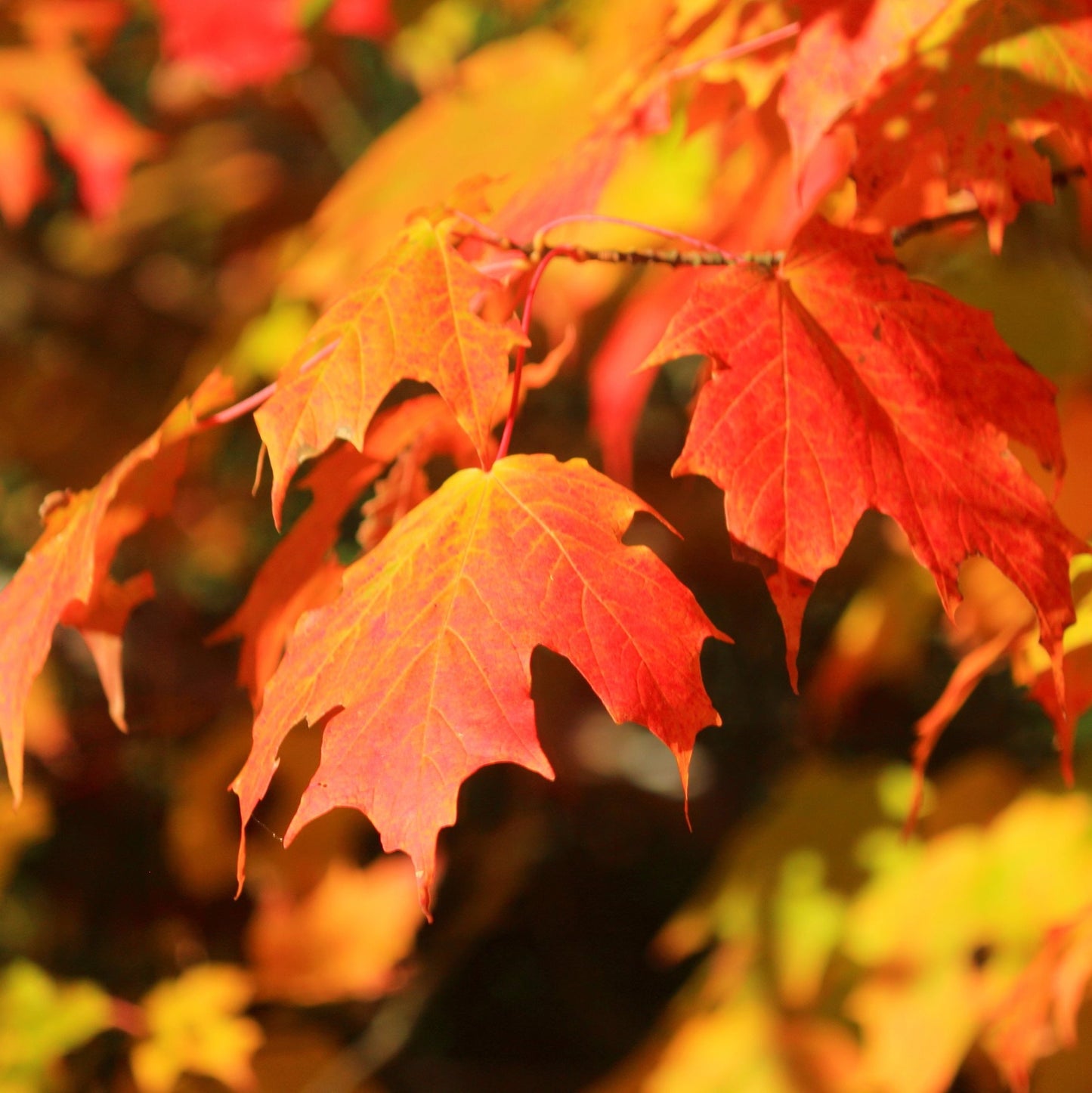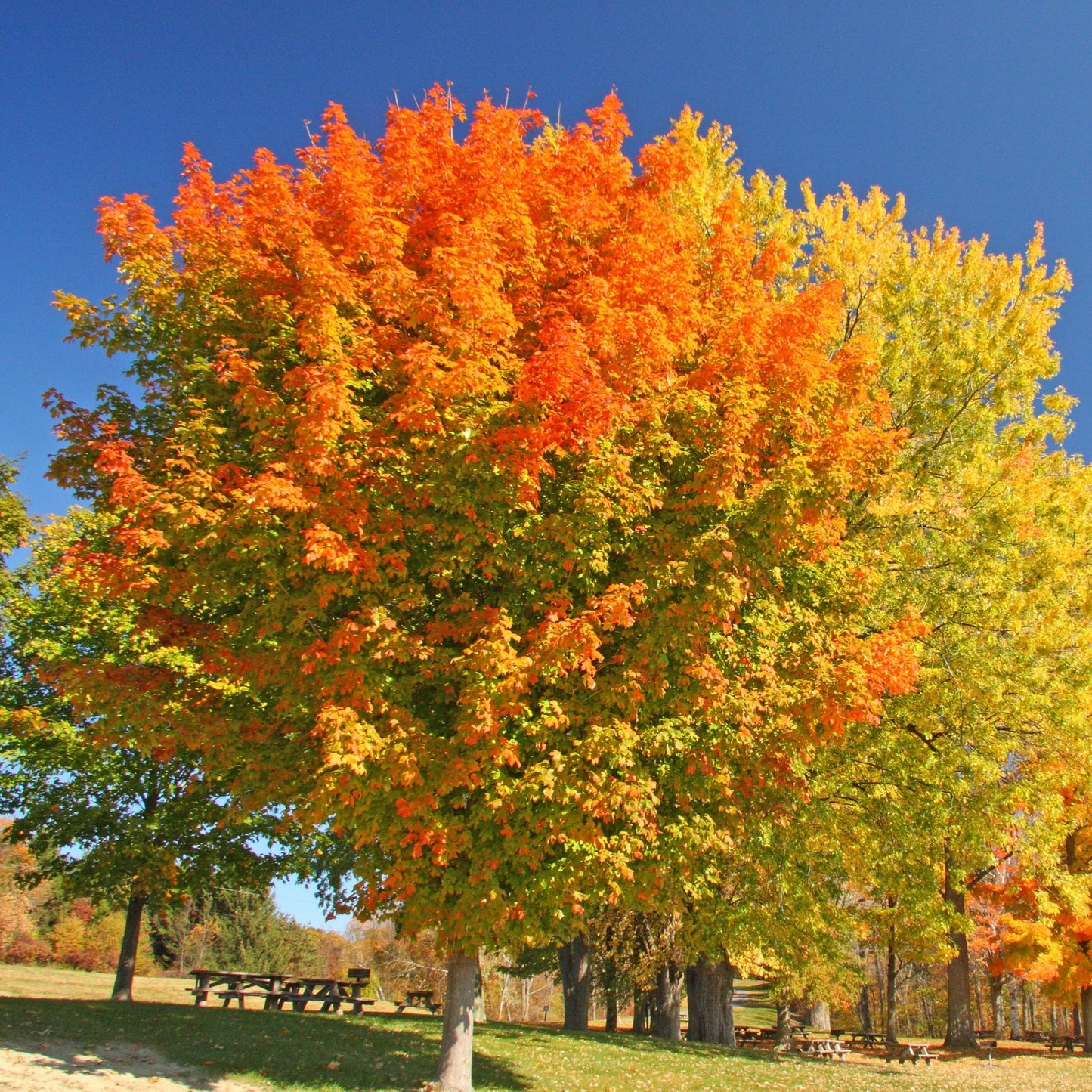Limited Quantities - Reserve Now For Fall
-
Beginner Zones 3-8
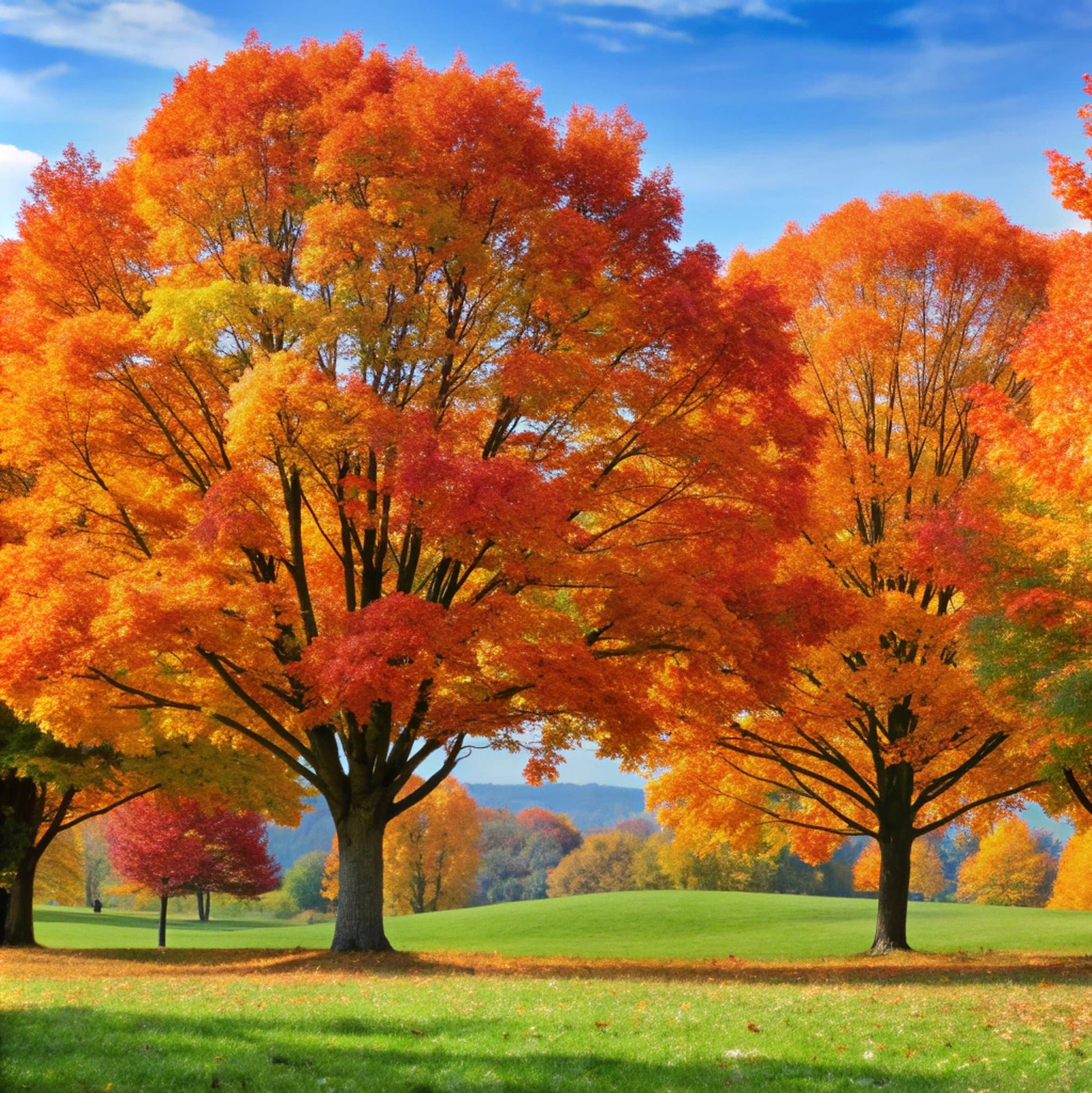
-
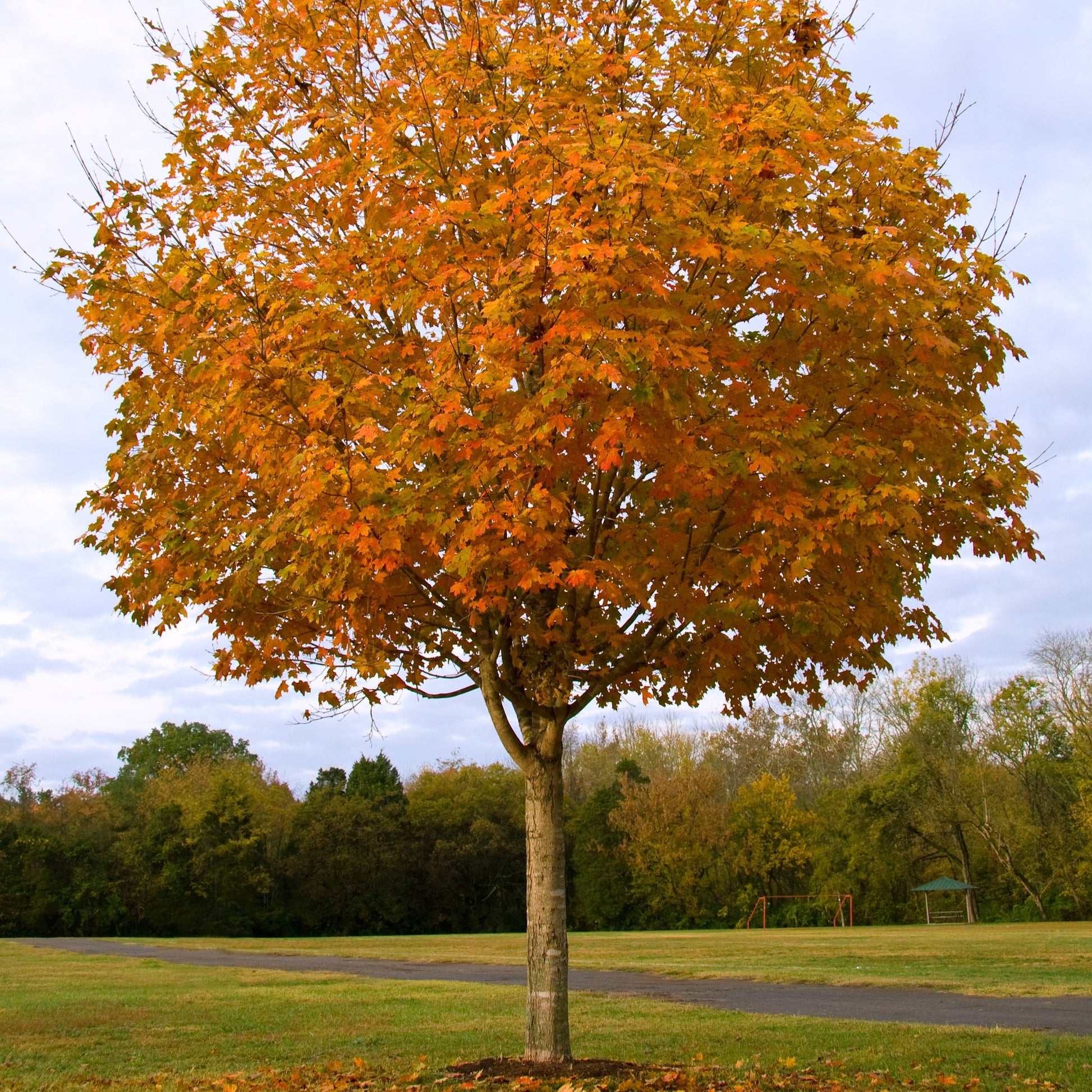
-
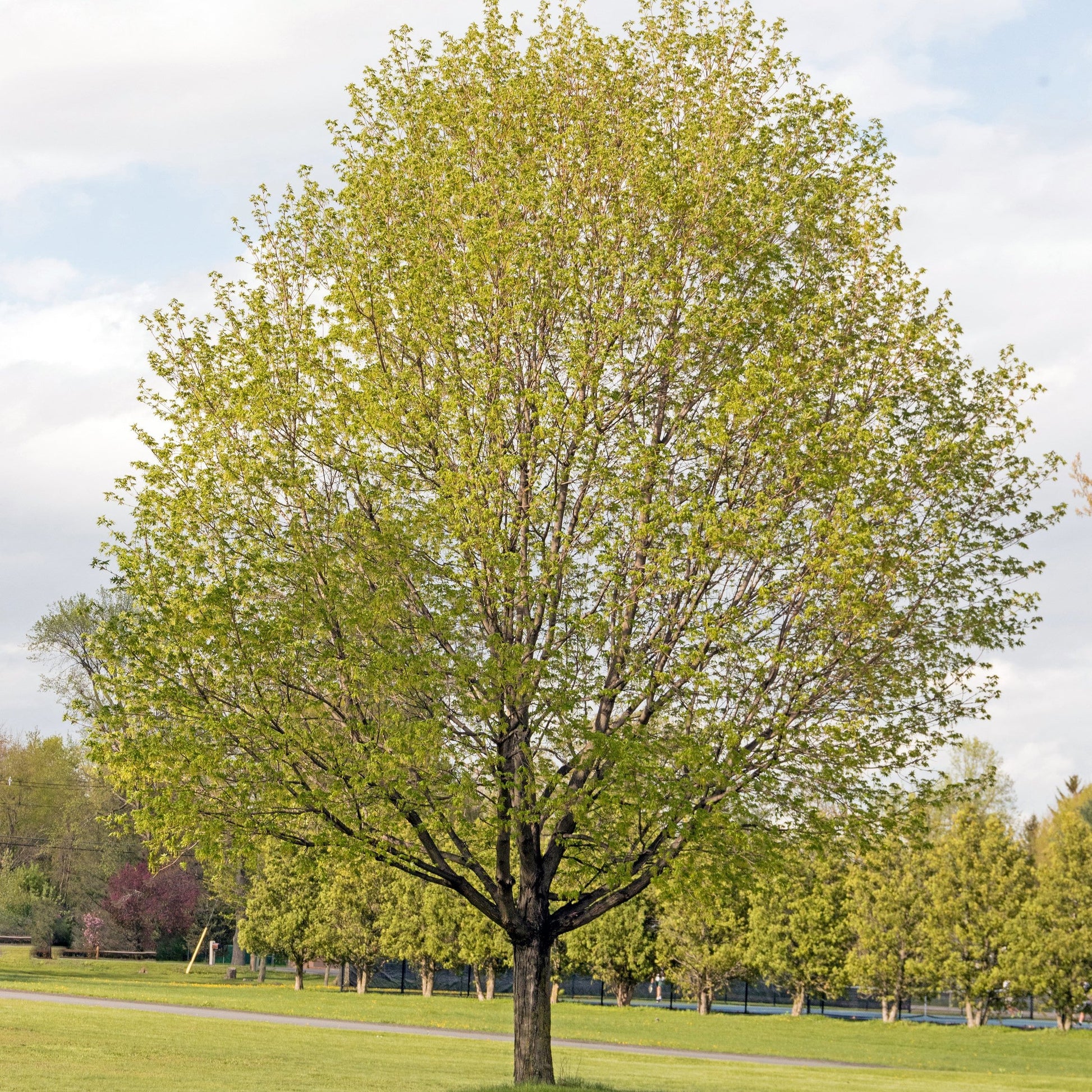
-
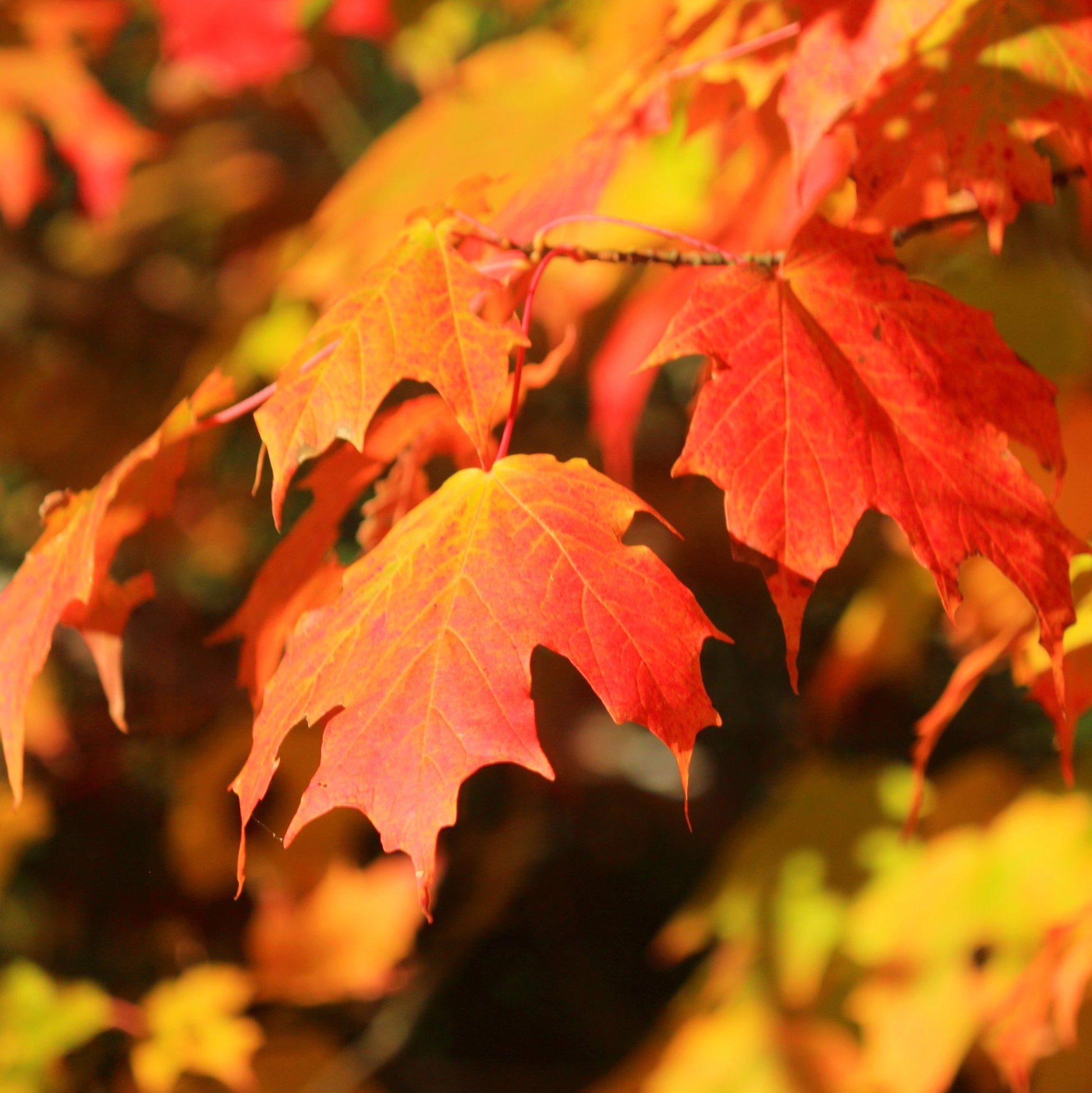
-
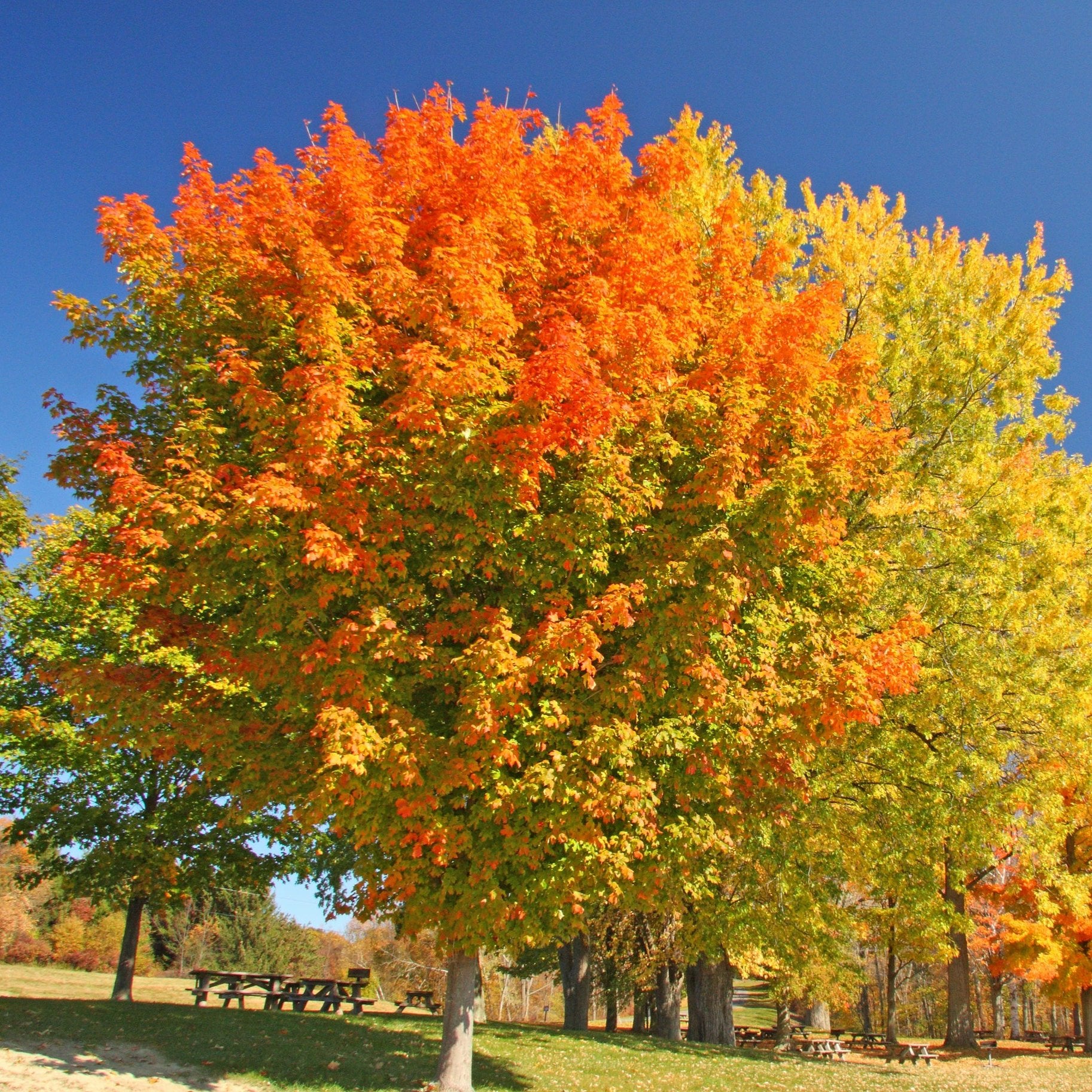
Sugar Maple Tree
Sugar Maple Tree
Couldn't load pickup availability
Acer saccharum
The Sugar Maple Tree is a majestic, long-lived deciduous tree known for its stunning fall foliage, dense shade canopy, and high-value maple syrup production. Native to North America, this hardy and adaptable tree thrives in a variety of landscapes, providing beauty, environmental benefits, and economic value. With its strong resistance to pests, cold tolerance, and ability to grow in diverse soils, the Sugar Maple is a timeless addition to parks, large yards, and street plantings.
Sugar Maple Tree
| Attribute | Details |
|---|---|
| Variety | Rooted |
| Botanical Name | Acer saccharum |
| Common Names | Sugar Maple, Rock Maple, Hard Maple |
| Mature Height | 60-80 feet |
| Mature Width | 40-60 feet |
| Growth Rate | Moderate (1-2 feet per year) |
| Lifespan | 100-300 years |
| USDA Hardiness Zones | 3-8 |
| Sun Preference | Full sun to partial shade |
| Soil Type | Well-drained, loamy, sandy, or clay soils |
| Soil pH | Slightly acidic to neutral (5.5-7.5) |
| Water Needs | Moderate; prefers moist soils but can tolerate short droughts |
| Fall Foliage | Bright red, orange, and yellow |
| Wildlife Attraction | Birds, squirrels, deer, pollinators |
| Growth Habit | Broad, rounded canopy with a dense branching structure |
| Self-Pollinating? | Yes |
| Chill Hours | N/A |
| Landscape Uses | Shade tree, street tree, ornamental planting, maple syrup production, urban landscapes |
| Maintenance Level | Low to moderate |
Environmental Benefits
🍁 Brilliant Fall Color & Seasonal Beauty – Produces one of the most stunning autumn displays, with vibrant shades of red, orange, and yellow.
🌎 Carbon Sequestration & Air Purification – Absorbs carbon dioxide and pollutants, improving air quality in urban and suburban areas.
💧 Erosion Control & Soil Improvement – Thrives in diverse soil conditions, helping stabilize landscapes and prevent erosion.
🦌 Wildlife Habitat & Food Source – Provides shelter for birds and mammals, while its winged seeds (samaras) feed small wildlife.
🥞 Maple Syrup Production – Yields high-quality sap used to produce pure maple syrup, making it a valuable addition to edible landscapes.
Pros & Cons
| Pros | Cons |
|---|---|
| Fast-growing and provides excellent shade | Large size requires ample space to grow fully |
| Stunning red, orange, and yellow fall foliage | Can be sensitive to salt and pollution in urban settings |
| Valuable for maple syrup production | Requires consistent moisture for optimal growth |
| Resistant to most pests and diseases | Surface roots may affect sidewalks and lawns if planted too close to structures |
| Long lifespan and strong wood for timber use | Slow sap production when young, taking 30+ years to be tapped for syrup |
Planting & Care Guide
- Spacing: Plant 40-60 feet apart for full canopy development
- Soaking: Soak roots in water for 6-12 hours before planting
- Planting Depth: Dig a hole twice the width of the root system, ensuring roots are level with the soil surface
- Mulching: Apply a 2-3 inch layer of mulch to retain moisture and suppress weeds
- Pruning: Prune in late winter or early spring to shape the tree and remove dead branches
- Fertilization: Apply a slow-release nitrogen-rich fertilizer in early spring to encourage strong growth
- Watering: Water deeply 2-3 times per week during the first year, then reduce as the tree matures
The Sugar Maple Tree is a timeless, shade-providing tree that offers stunning fall colors, valuable syrup production, and ecological benefits. Whether planted for shade, ornamental beauty, or as a long-term legacy tree, this resilient and low-maintenance tree is a perfect addition to any large yard or landscape.
Share
